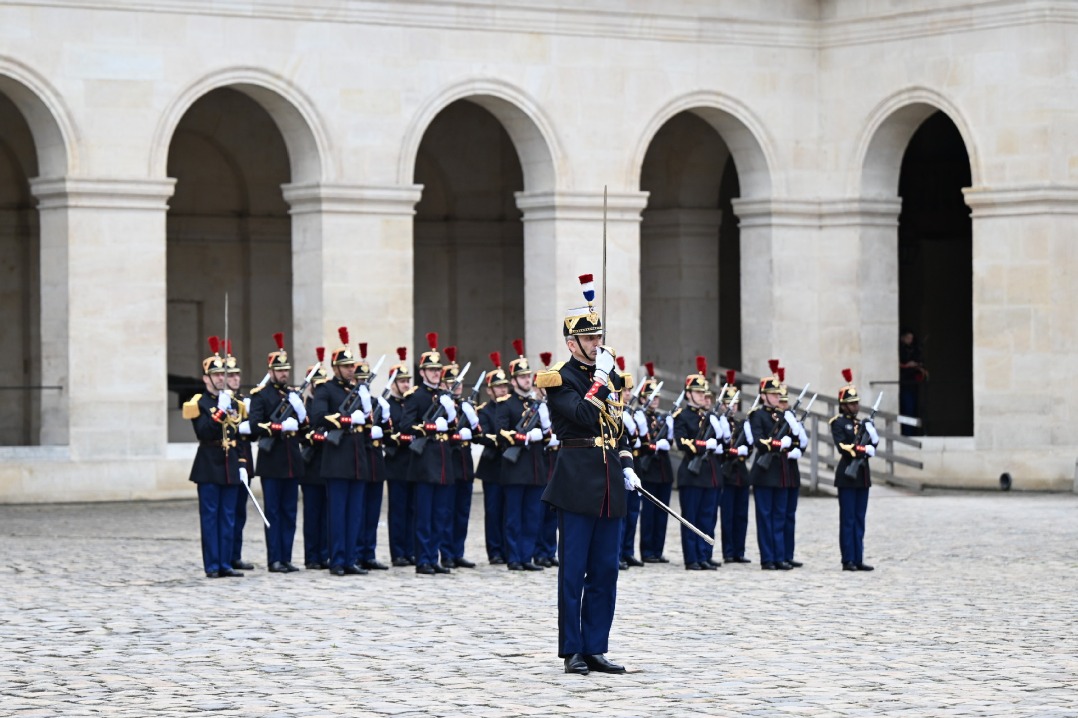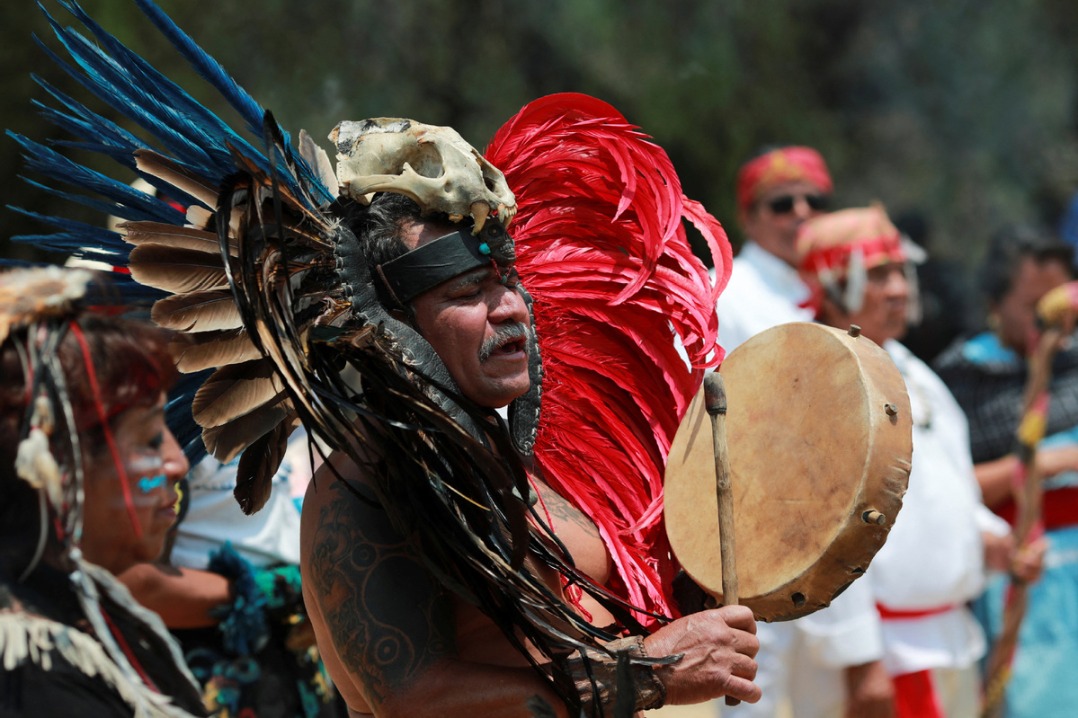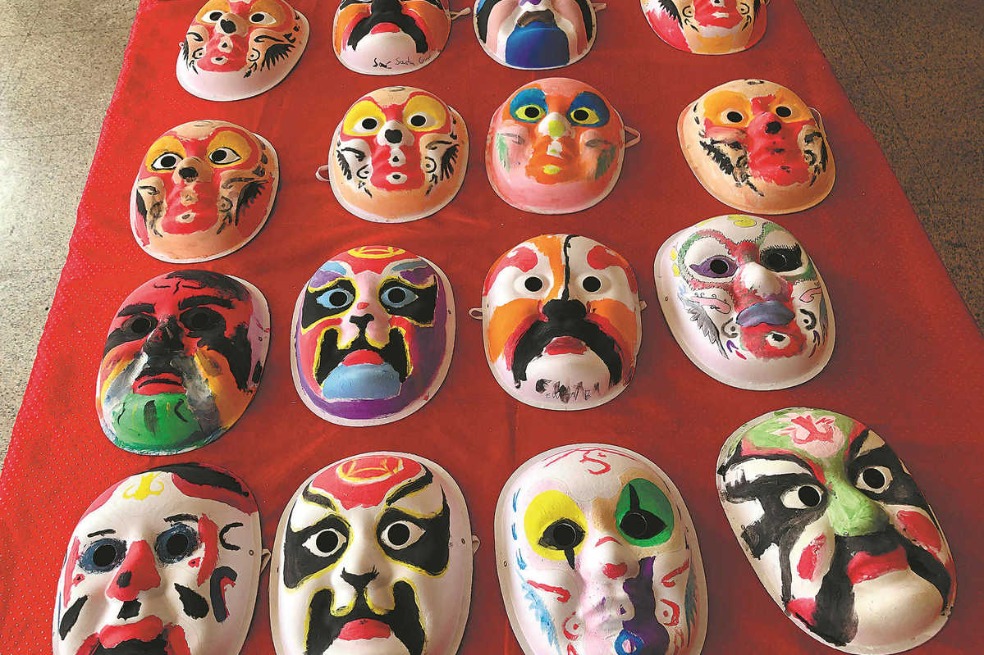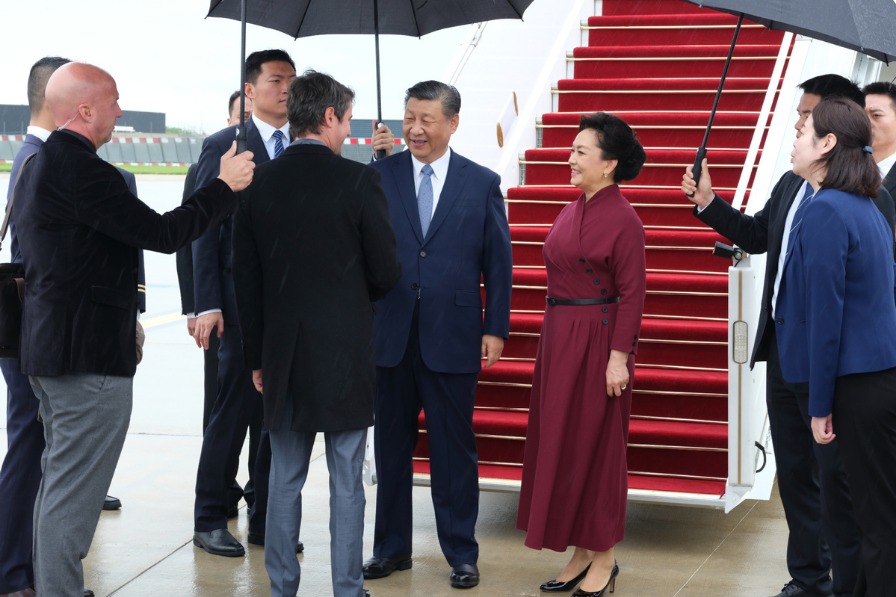Chinese cultural icons in Argentine art fileteado
China Daily | Updated: 2019-02-27 09:31
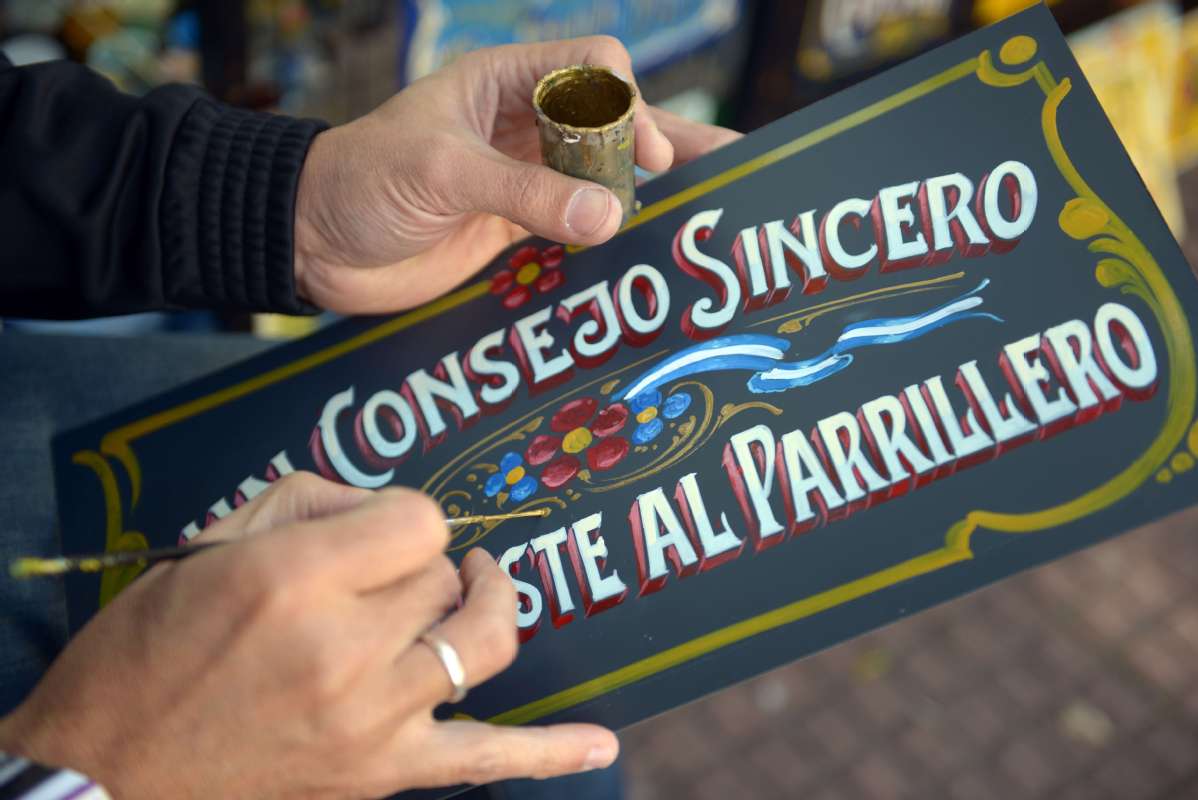
BUENOS AIRES - Cultural icons such as Chinese calligraphy, dragons, and silhouette charts are popping up a uniquely Argentine art form known as fileteado, which has deepened the cultural relationship between the two countries.
With stylized lines and climbing plants, fileteado is a type of artistic drawing and lettering typically used in Argentina's capital Buenos Aires. It is used to adorn all kinds of beloved objects including vehicles, street signs, shop fronts, mugs, and sneakers.
Known for its bright colors and curlicue flourishes, fileteado was introduced by European immigrants during the 1900s, and was declared by the United Nations Educational, Scientific and Cultural Organization as an Intangible Cultural Heritage of Humanity in 2015.
Originated from the street vendors' carts, fileteado "represents the immigrant workers who came and found a bright future in Argentina", said Silvia Dotta, acting secretary of the Association of Buenos Aires Filete Painters.
"The essence of the filete is celebrating prosperity," Dotta said, adding that in May, they exhibited their work at the first Comprehensive Exhibit of Buenos Aires Fileteado in Beijing. The show was such a hit that it then traveled to China's financial center Shanghai.
"It was a very important experience because we started in Beijing with 65 pieces. The show was very successful and was taken to Shanghai, where it got a tremendous response from the public," she said.
The exhibit was sponsored by the Gestion de Proyectos Culturales, a culture-promotion company with offices in Beijing, Buenos Aires and Madrid, and the Cervantes Institute in Beijing.
Headquartered in Madrid, the Cervantes Institute is a Spanish public institution whose main objectives are the promotion and teaching of the Spanish language along with its culture and that of Latin America.
"The Chinese cultural icons have a similar character with the images that are very typical of Buenos Aires, which gave us more strength to go deeper and build more ties between the two cultures," said Guillermo Dorfman with the GPC.
Xinhua





